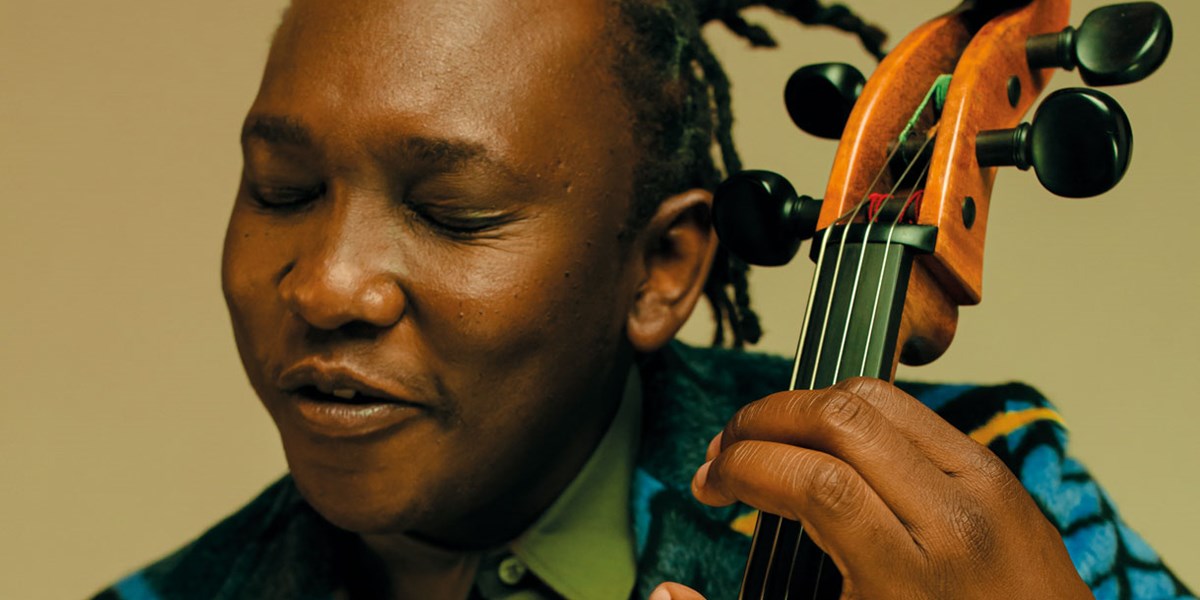Wednesday, October 26, 2022
Meeting Abel Selaocoe: “I find the threads that bind African music and classical music together”
By Jo Frost
Abel Selaocoe has made a name for himself as an innovator who straddles the worlds of Western classical and South African heritage. Jo Frost catches up with the cellist to talk about his debut solo album

Abel Selaocoe (Parlophone Records)

Register now to continue reading

Thanks for visiting the Songlines website, your guide to an extraordinary world of music and culture. Sign up for a free account now to enjoy:
- Free access to 2 subscriber-only articles and album reviews every month
- Unlimited access to our news and awards pages
- Our regular email newsletters

